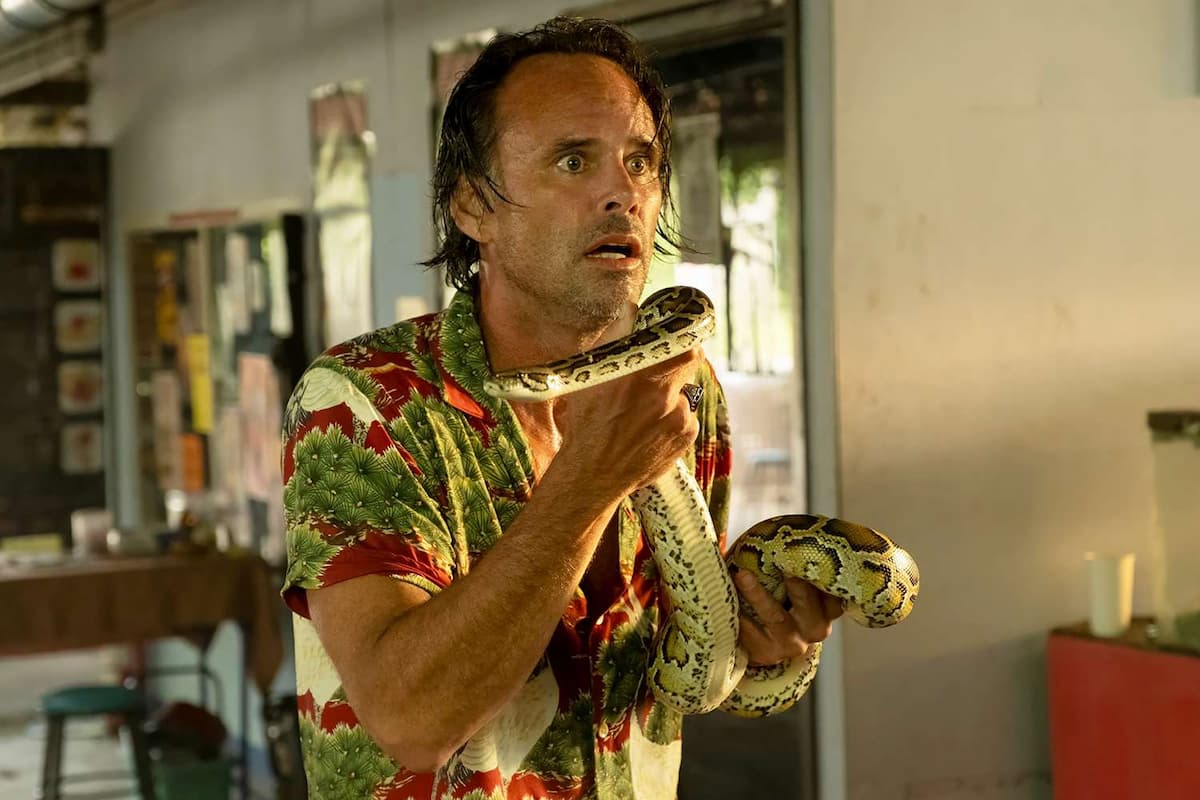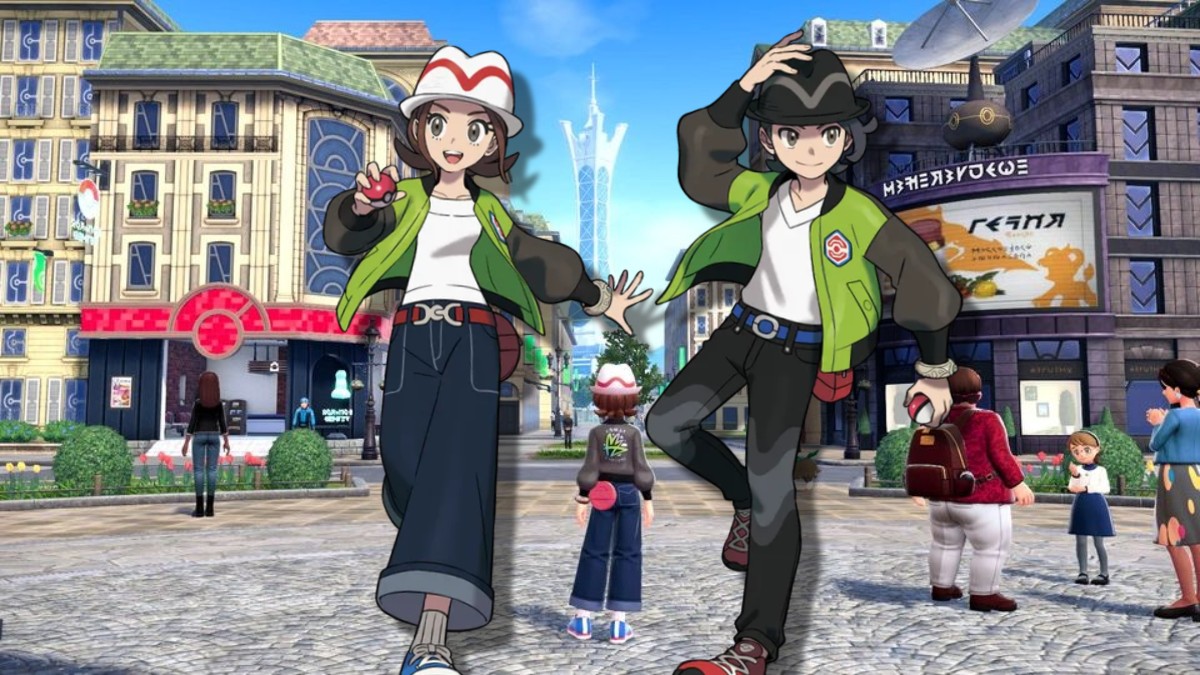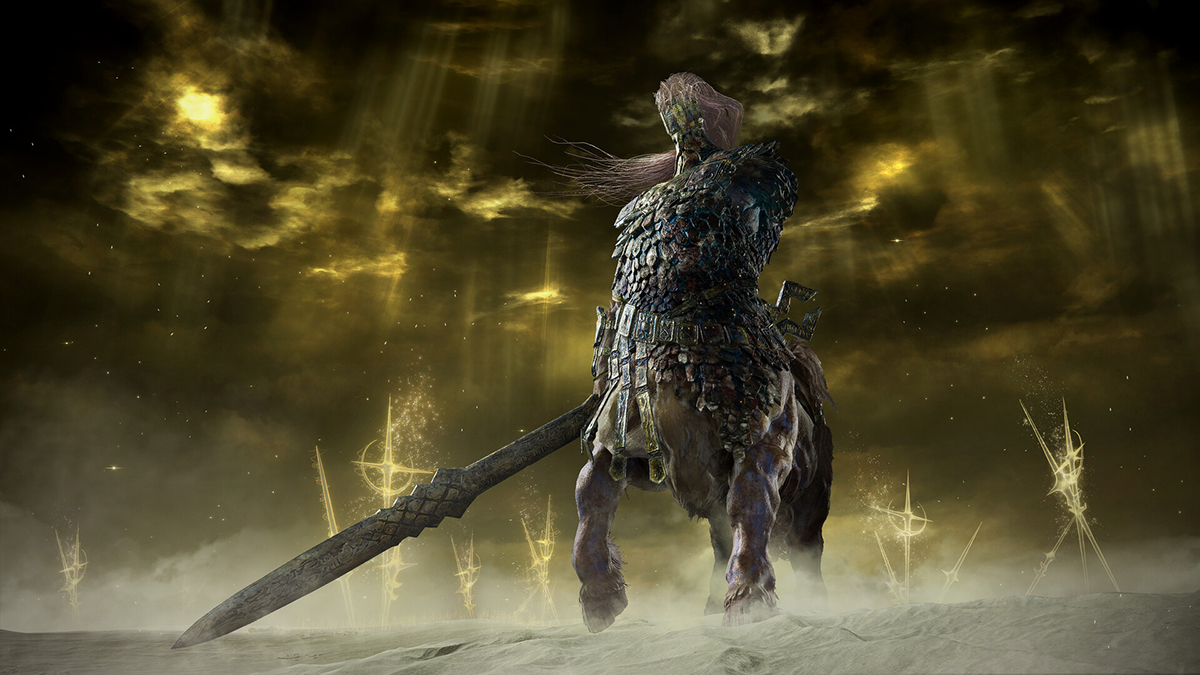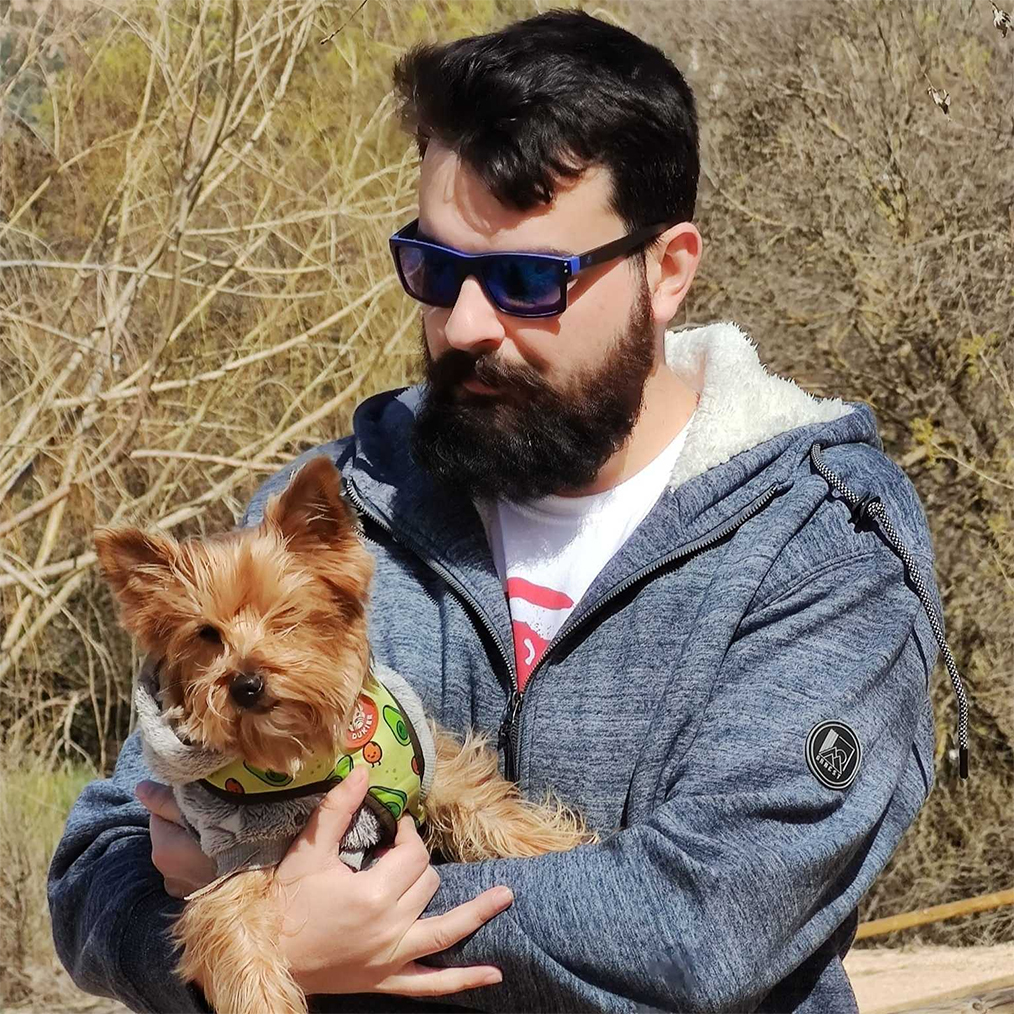As we move past the rare June 2023 storm of awesome video game releases and huge announcements, I find myself wondering about the future of open-world games while also enjoying my time in Sanctuary’s icon-filled map. Diablo IV definitely leans into the all-you-can-eat model of large game worlds — a good fit for its specific genre — yet I’ve been pleasantly surprised by the subtle depth of its many sidequests and the history that lies buried beneath the gore-soaked killing fields and abandoned ruins.
Diablo-like action RPGs have traditionally been restrained when it comes to NPC and quest design by the structure of their content and the ambitions of the gameplay. We’ve learned to approach them on their own terms, expecting quick thrills and satisfying “kill and loot” loops that make the brain go happy in an almost primitive way. The genre has expanded past the confines of Blizzard’s legendary series, but it’s hard to deny the core has barely changed over the years.
Systems and mechanics can be refined, content can grow in size and be made more engaging in the long run, but we jump into real-time isometric adventures because we want that sweet dopamine that comes from smashing hordes of enemies, picking up shiny items, and seeing numbers go up. Destiny and other “looter shooters” made the same formula work within the bigger FPS genre, but nothing comes close to good ol’ dungeon-delving and demon-slaying.

Image via Blizzard Entertainment
Much has been said and written about Diablo IV’s efforts to flesh out its world and NPCs in ways that aren’t too common among kill-and-loot games. Mind you, the mythology of the Diablo universe has always been considered good and way deeper than you’d expect at first glance, yet the most impactful writing was often relegated to scattered pages of diaries and inscriptions. Similarly, the dialogue work in Diablo II and the unjustly derided third game was top-notch too, but at the end of the day, it all went towards pushing the heroes from one step of their adventure to the next, all while dropping exposition that was ignored too often by the players.
This issue was never limited to the Diablo saga, as it quickly spread as a “feature” to its copycats and later to its more interesting successors. Studios assumed players weren’t looking for that kind of narrative depth in this type of game. And they were half-right. Of course, we didn’t obsess over Diablo because of its writing, but that could’ve been different if devs truly cared about it and pushed that aspect of the overall package as much as the dark gothic setting and all the bloody carnage. As a result, the isometric action RPG genre as a whole would’ve resonated with far more people. Again, this issue also affected many other genres in the 1990s, as video games were still wearing diapers. But sometimes it’s nice to wonder what if…?

Image via Blizzard Entertainment
Back to the early 2020s, we find ourselves surrounded by a fair amount of “numbers go up” games that are putting lots of care into their worlds and ongoing narratives because it turns out player retention is improved when people have something more than just hot gameplay and content to latch onto. The most shining examples might be Destiny 2 and Warframe (Destiny for true sickos), both of which are practically carrying the whole “live service” fad on their backs.
Offering both compelling content and an interesting narrative through regular updates and expansion packs isn’t an easy task to pull off, but Bungie and Digital Extremes are thriving under that model. Meanwhile, more than half the game industry is faceplanting trying to replicate their success.
Bringing Diablo into that model sounded like a no-brainer, especially if we consider the aforementioned games’ most basic DNA strands belong to Blizzard’s hit franchise. But of course, even all of the company’s experience and resources — Activision’s backing is of key importance here — couldn’t guarantee a successful transition. And yet, the Diablo team appears to have started on the right foot despite the negative chatter surrounding the admittedly costly cosmetic microtransactions.

Image via Blizzard Entertainment
While the content available at launch and the seasonal stuff coming our way have set up Diablo IV to have a much healthier start than III, I believe it all comes together thanks to a new take on Sanctuary that makes the somber locations and desperate characters much more than simple backdrops and quest dispensers. I’ve never had the patience to fully clean large maps outside of a few exceptions — such as Marvel’s Spider-Man — but I’m tempted to do so in Diablo IV even if my character can progress and get to the endgame activities by playing just a handful of those secondary ones.
Destiny might excel at world-building, but its public events and smaller undertakings rarely amount to more than “the bad guys want to do this, so thwart their plans.” Diablo IV, on the other hand, uses a surprising amount of small opportunities to make its decaying world a bit livelier or at least more lived-in. Whether it’s a simple fetch quest or a full-blown secondary storyline that opens up more tales, their narrative payoff is generally solid. Moreover, helping certain individuals or groups may even reshape entire locales or create new bases of operations that come with more colorful NPCs.

Image via Blizzard Entertainment
Of course, the level of interaction and depth found here isn’t that of a more immersive Bethesda or Obsidian RPG, but the quality writing is there. And the more elaborate presentation helps sell key conversations and story developments, elevating them to quality levels that weren’t possible in previous Diablo entries. The flashiest in-game cutscenes are limited to the main campaign, but I was surprised by the effort put into many “blue icon” quests that could’ve been told in much lazier ways.
Helping a worried brother find his problematic sibling in a den full of bandits falls on the simpler side of quests, but at the same time, many small diversions like that one add up to give a greater depth to each small community found in Sanctuary. Each town or encampment has its own set of problems, and the payoff often is greater than a bunch of gold and items, as you help them regain precious bits of hope and even flourish amidst all the chaos.

Image via Blizzard Entertainment
The way the world is instanced is extremely important for many of these small changes and “world developments” to work, as many “MMO lite” games simply don’t bother with stuff that changes the environments for only a fraction of the players, resulting in “live” worlds that end up feeling static and stagnant until a big expansion rolls around. Perhaps the most impressive pieces of content related to such transformations are the open dungeon-style Strongholds, enemy bases with their own lore and linked quests that must be purged in order to set up new bases. It’s the players’ main way of really “regaining” ground, giving the people of Sanctuary more space to stand against the forces of darkness and recover some of the beauty and peace that were lost.
Diablo IV is very much the bigger action RPG infused with live-service elements that Blizzard has been marketing since the beginning, and it’s a pretty good one at that. But I hope casual and hardcore players alike realize how much work has been put into making Sanctuary more of a home and a believable place instead of a collection of biomes and towns that are there only to serve the genre’s pragmatic systems and make the loop at its center more bearable. I like when my numbers go up and I can smash demons harder, but this iteration of Sanctuary – much darker and ravaged by decades of twisted conflict – paradoxically feels more welcoming and worth preserving. Now, what about letting us buy and decorate houses Elder Scrolls-style? Just think about the potential MTX money to be made, Blizzard.














Published: Jun 24, 2023 8:30 PM UTC